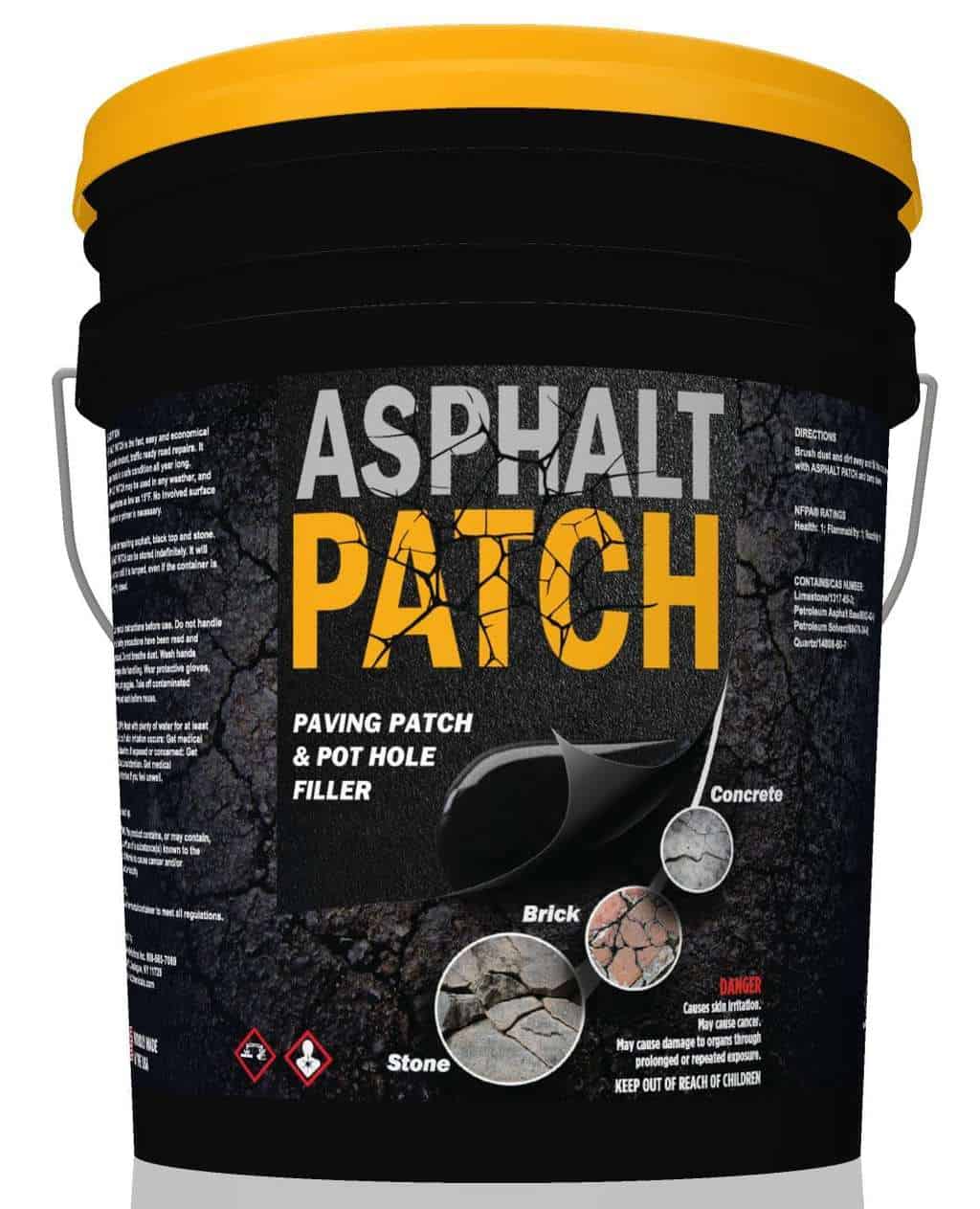Your driveway endures a lot – sun, rain, snow, and the daily weight of your vehicle. Over time, cracks are likely to appear. This comprehensive guide provides expert advice on selecting and using the right driveway crack filler, helping you achieve professional-looking results and prevent future damage. From minor hairline fractures to larger crevices, we’ll cover everything you need to know to restore your driveway’s smooth surface and boost your curb appeal.
Choosing the Right Crack Filler
A damaged driveway not only looks unsightly but can also lead to more serious problems, like potholes and even foundation issues if left unaddressed. Choosing the right filler is crucial for a successful, long-lasting repair. It’s like choosing the right medicine – the remedy depends on the ailment. The first step is understanding your driveway’s composition.
Understanding Your Driveway Material
Asphalt Driveways: Asphalt requires a flexible filler that can expand and contract with temperature changes. Rubberized asphalt emulsion is a popular choice for cracks up to ⅛ inch wide. For smaller, hairline cracks, a simple squeeze bottle filler is often sufficient. Larger cracks or fissures may necessitate a hot-pour crack filler for a more permanent solution. Watco offers several tarmac and asphalt repair products known for durability. Ever ponder the weight of a precious metal like gold? Discover how many troy ounces in a kilo and unravel the mysteries of precious metal measurements.
Concrete Driveways: Concrete calls for a filler with strong bonding capabilities. Epoxy, polyurethane, and silicone-based fillers are common options, each with its own advantages. Some experts favor epoxy for its superior bonding strength, while others suggest polyurethane for its flexibility in freeze-thaw cycles. The ideal choice depends on factors like crack width and location (horizontal or vertical). Resources like Bob Vila’s reviews of concrete crack fillers can offer valuable insights into specific product performance.
Assessing the Damage: Crack Size
Just as a doctor assesses a wound before treatment, you need to evaluate the severity of your driveway’s cracks. The crack size dictates the appropriate filler.
- Hairline Cracks (less than ⅛ inch): A pourable liquid filler applied with a squeeze bottle offers easy application and effective penetration.
- Small to Medium Cracks (up to ½ inch): Rubberized asphalt emulsion or a specialized concrete filler provides a stronger seal and prevents water infiltration.
- Large Cracks (wider than ½ inch) and Potholes: These require heavy-duty solutions like hot-pour asphalt, cold patch asphalt mix, or concrete patching compound to provide structural support.
Preparing Your Driveway for Repair
Proper preparation is key to a successful crack repair. A clean and dry surface ensures optimal adhesion of the filler.
Steps for Effective Preparation
- Clean the Crack: Use a wire brush, broom, or shop vacuum to remove loose debris, dirt, and vegetation. A pressure washer can provide a deeper clean, but use caution to avoid damaging the surrounding area.
- Dry the Area: Ensure the crack is completely dry before applying filler. Moisture weakens the bond and can lead to premature failure.
- Prime (Optional but Recommended): Priming, especially for wider cracks, creates a stronger bond between the existing driveway and the new filler.
Applying Driveway Crack Filler Like a Pro
Applying crack filler might seem straightforward, but a few tips can ensure a professional-looking finish.
A Step-by-Step Application Guide
- Read the Instructions: Different products have specific application requirements, so always consult the manufacturer’s guidelines.
- Apply Thin Layers: Especially for deep cracks, apply multiple thin layers, allowing each to dry and cure properly. This prevents shrinkage and cracking later on.
- Overfill Slightly: The filler will likely settle as it dries, so overfilling slightly compensates for this and allows for a smoother finish.
- Smooth the Surface: Use a trowel or putty knife to smooth the filler and create a seamless transition between the repaired crack and the surrounding driveway.
- Allow for Curing Time: Patience is crucial. Allow ample drying time according to product instructions for the filler to cure completely and achieve maximum strength.
Driveway Crack Filler: Types and Costs
Understanding the different filler types and their costs helps you make an informed decision.
| Type of Filler | Best For | Approximate Cost (per tube/cartridge) |
|---|---|---|
| Asphalt-Based | Asphalt Driveways, Small to Medium Cracks | $5 – $15 |
| Concrete Patch | Concrete Driveways, Hairline Cracks & Small Chips | $5 – $10 |
| Epoxy | Concrete & Asphalt, Larger Cracks, Strong Bonds | $15 – $30 |
| Polyurethane | Concrete & Asphalt, Wide Cracks, Flexible Seal | $20 – $40 |
Prices may vary based on brand, quantity, and retailer.
Preventing Future Driveway Cracks
Repairing cracks is essential, but preventing them is even better. Regular maintenance is key to a healthy driveway.
Proactive Driveway Care
- Seal It Up: Applying a sealant every few years creates a protective barrier against water penetration, a major cause of cracking.
- Drainage Matters: Ensure proper drainage to prevent water pooling on your driveway. Curious about the hefty disks guarding our underground infrastructure? Uncover the surprising answer to how much does a manhole cover weigh and delve into the world of urban engineering marvels.
- Professional Installation (for New Driveways): Proper installation techniques can significantly reduce the risk of future cracks.
DIY or Call in the Pros?
Minor cracks are often manageable DIY projects. However, extensive cracking, underlying structural issues, or complex repairs might necessitate professional intervention. Assess your skills and the scope of the damage before deciding.
Long-Term Driveway Care
Once you’ve repaired your driveway cracks, proper maintenance will extend the life of the repair and the overall lifespan of your driveway.
Maintaining Your Driveway’s Health
- Avoid Harsh De-icers: These can damage both the filler and the driveway surface.
- Regular Cleaning: Sweeping regularly and occasional cleaning with a mild detergent will keep your driveway looking its best.
This comprehensive guide equips you with the knowledge and resources to tackle driveway crack repair effectively. Whether you choose a DIY approach or seek professional assistance, addressing cracks promptly protects your investment and maintains your home’s curb appeal. By understanding the nuances of crack fillers, application techniques, and preventative measures, you can keep your driveway in top condition for years to come.
- Discover Long Black Pepper: Flavor & Health Benefits - April 25, 2025
- Shocking Twists: The Grownup Review: Unreliable Narration - April 25, 2025
- A Quiet Place Book vs Movie: A Deep Dive - April 25, 2025

















1 thought on “The Ultimate Guide to Driveway Crack Filler: Fix Asphalt & Concrete Cracks Like a Pro”
Comments are closed.